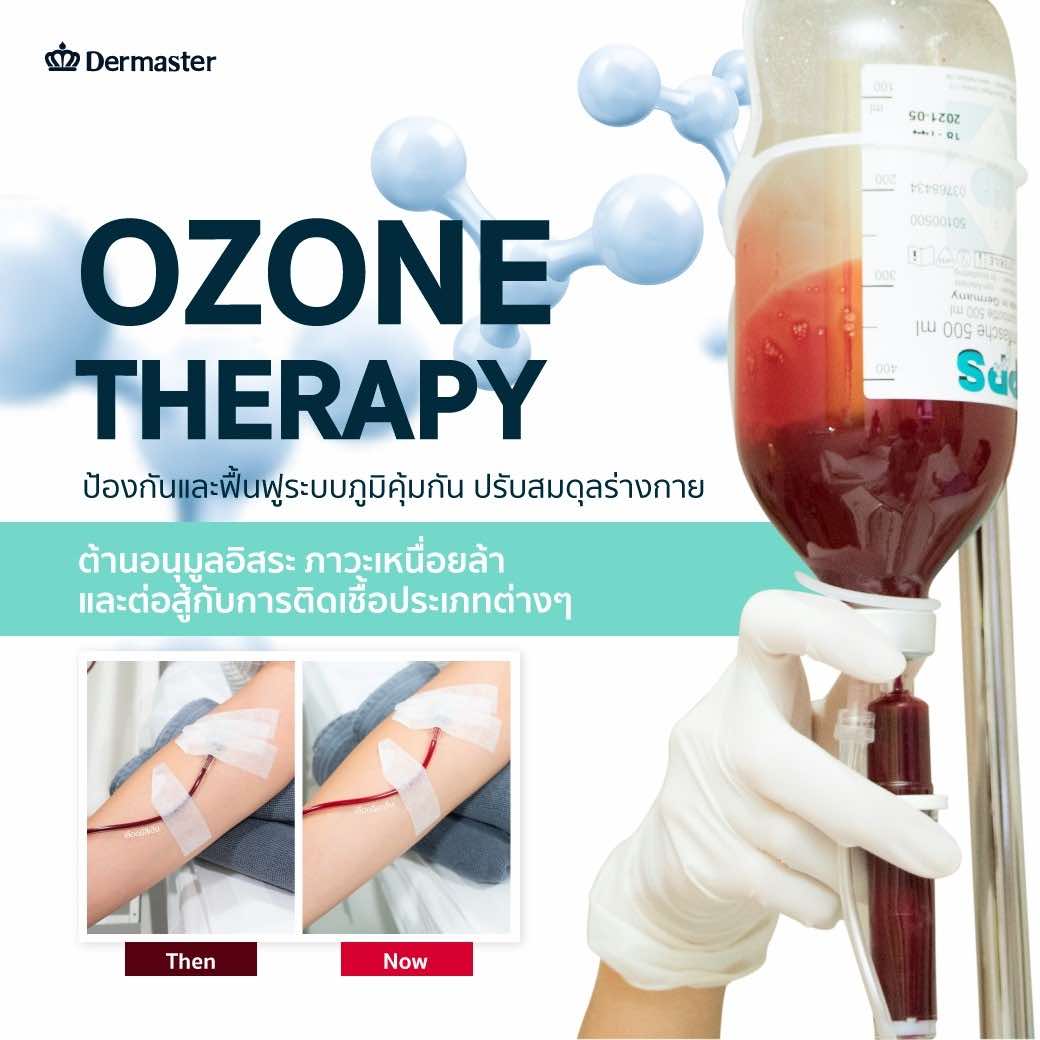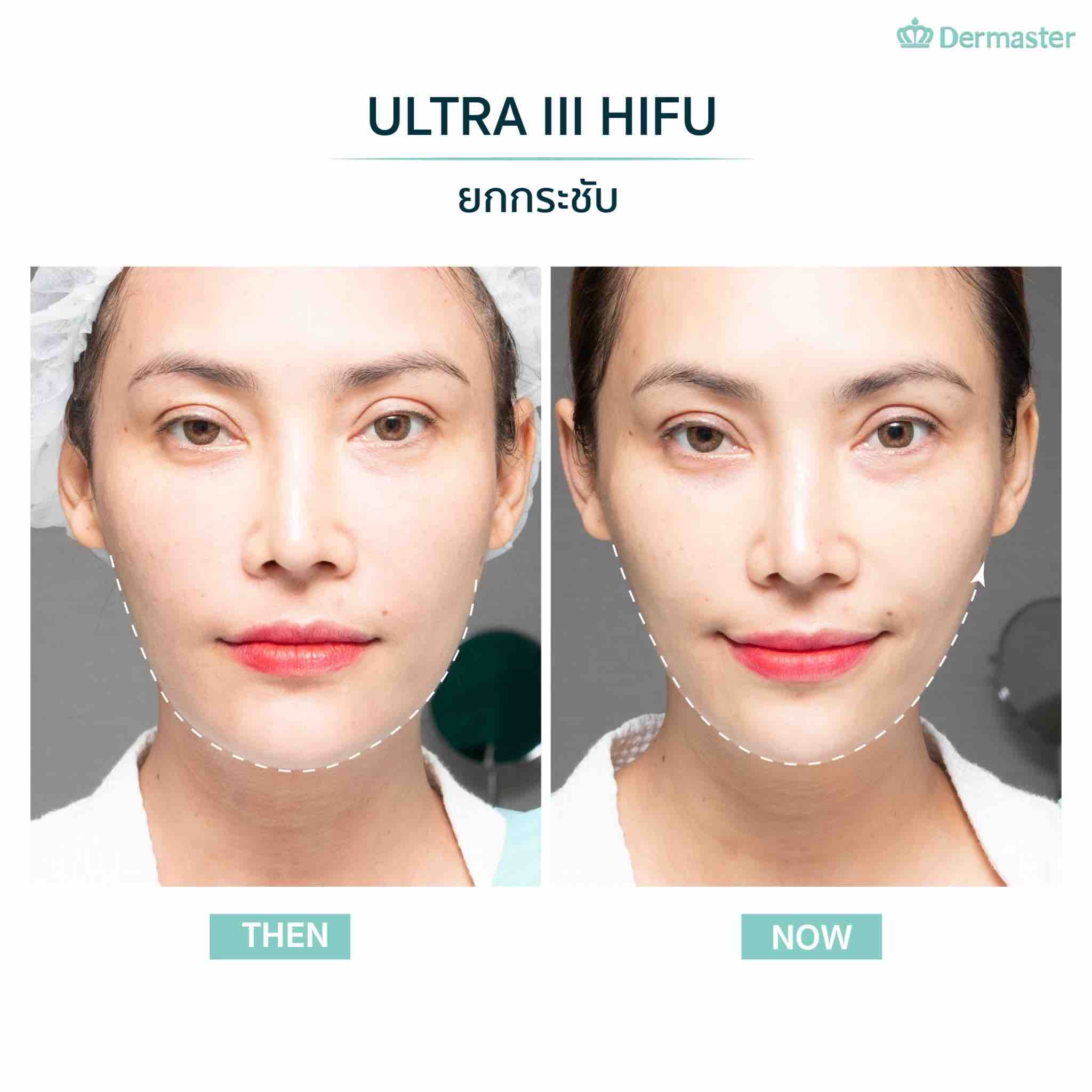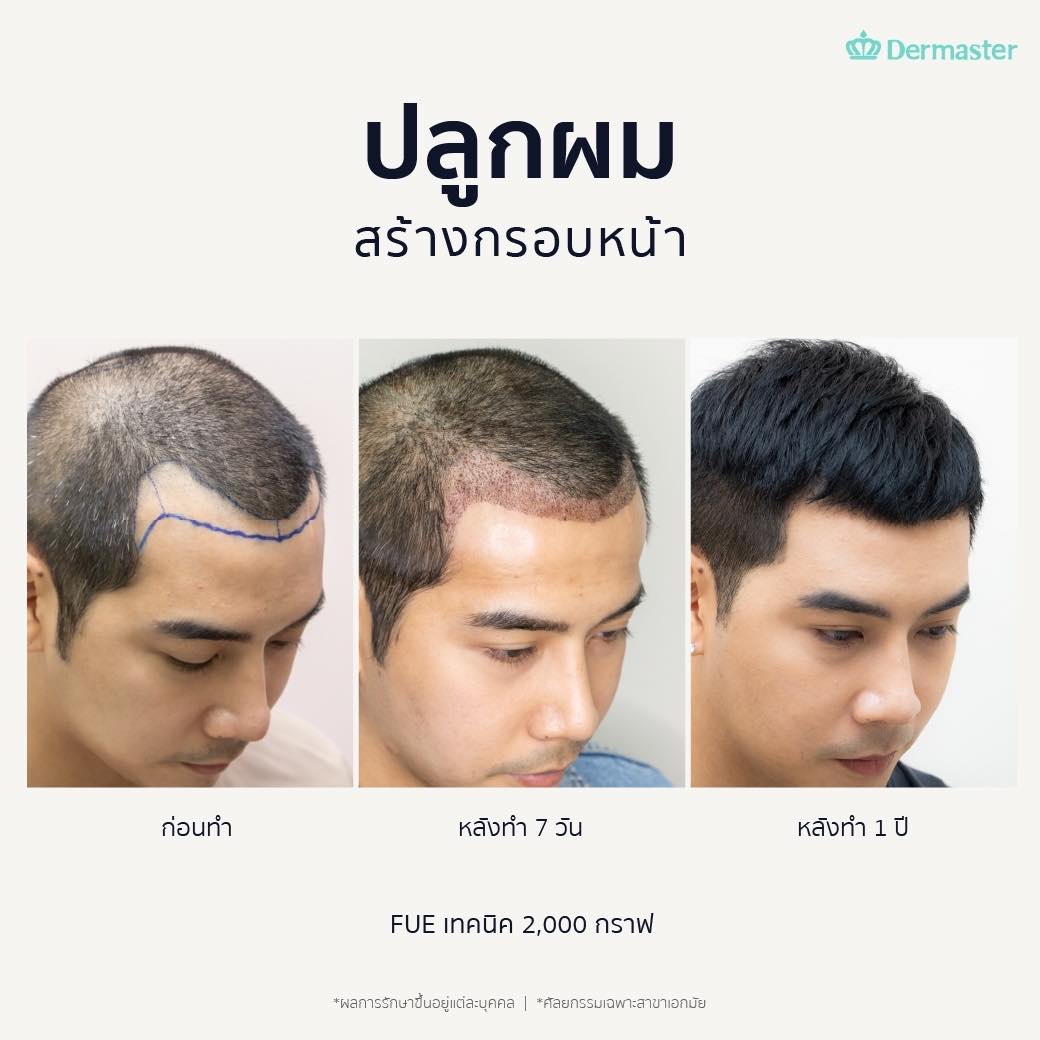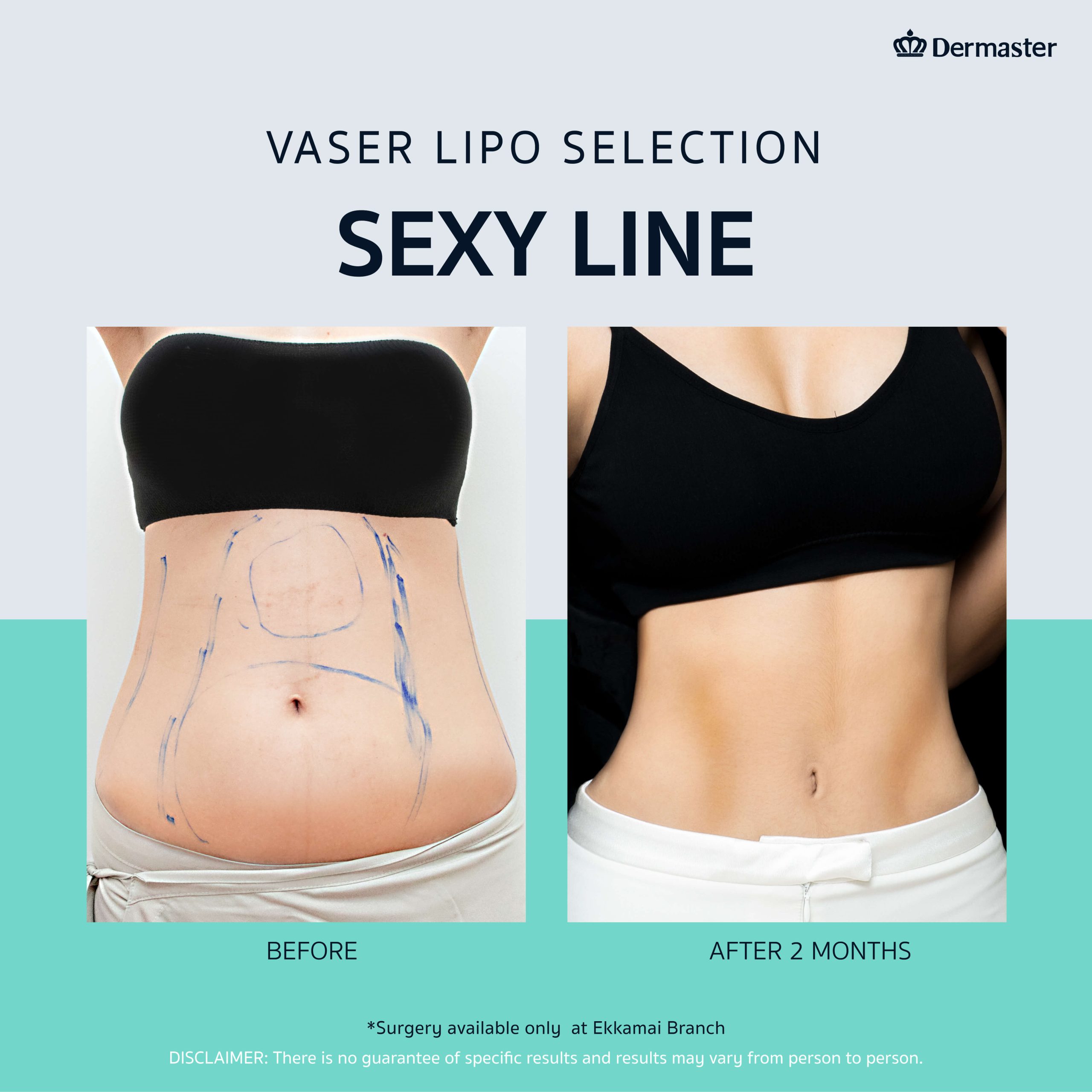Are you facing these problems?
Small chin
Inward chin
Disproportionate chin
Short chin
Unattractive chin shape

Chin Augmentation Introduction
The chin is an important component of that face that makes the face look balanced, proportionate and beautiful. Chin surgery can help create a well-defined and symmetrical chin to make the face look more slender and proportionate, and also help patients with more square-shaped, or roundshaped faces, or inward chins.
In chin augmentation surgery, the surgeon will administer a numbing agent and medication to help the patient relax and not feel any pain during the procedure. The surgeon will shape the patient’s chin to balance and suit the structure of the face, make individual corrections according to each patients’ case, and hide the surgical incisions inside the mouth (or under the chin). This procedure takes approximately 1 hour and patients are able to return home to recover after receiving surgery.


Why should you choose Chin Augmentation at Dermaster?
- Eye consultation with a surgeon with the use of the Vectra 3D face outlining machine.
- Patients have the option of going under general anesthesia or using a numbing agent.
- Operations and surgeries are performed in medically international standard operating rooms.
- Operated by highly-skilled cosmetic surgeons.



Timing
Benefits of Chin Augmentation Surgery
A beautiful chin appropriate to the facial structure, a nice and more slender face, square-shaped, or round-shaped faces, or inward chin corrections.
Chin Augmentation Post-Op Treatment
- Keep regions around the chin cool during the first 2 days after surgery.
- Patients should sleep with their heads elevated during the first 2-5 days after surgery.
- Eat soft, easily digestible and non-spicy foods.
- Drink using a straw, and avoid drinking alcohol during the first 2 weeks after surgery.
- Refrain from smoking for approximately the first 3 weeks after surgery.
- After meals, gargle salt water or mouth-wash to reduce chances of infection from contaminated foods.
- Avoid high intensity activities during the first 3-4 weeks after surgery.
- Strictly follow medical instructions and take medication prescribed by the attending doctor.

Effect : 1 month

How long : 45-60 minutes

How often : -

Down time : recovery period varies and depends on medical condition of patients
What Our Customers Said

Lin – Matchana Suwanmas
Coolsculpting Is an aid for people who want to burn excess but have a little time like Lin

Pinkgy – Sawika Chaiyadej
Pinkgy trusts Demaster to take care of both external and internal skin health.
How to start

Application

Check-ups

Consultation


















